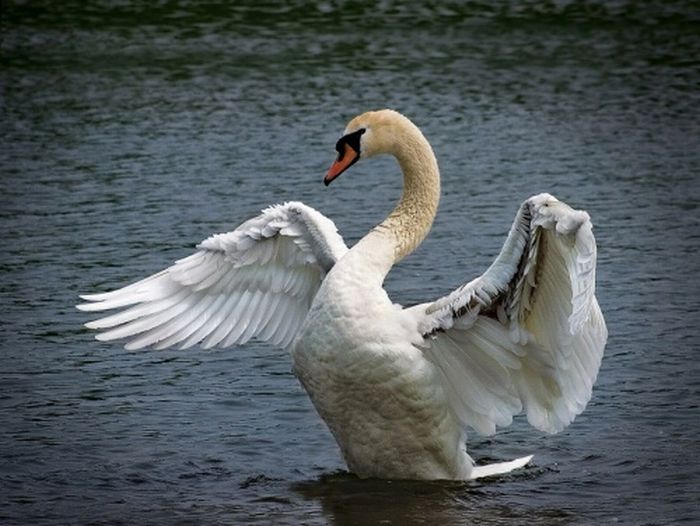|
|
Swan Bird
|
Hindu iconography typically shows the Mute Swan. It is wrongly supposed by many historians that the word hamsa only refers to a goose, since today swans are no longer found in India, not even in most zoos. However, ornithological checklists clearly classify several species of swans as vagrant birds in India.
The ballet Swan Lake by Pyotr Tchaikovsky is considered among both the most important works of this composer and among the often-performed classics of ballet. It is partially based on an ancient German legend, which tells the story of Odette, a princess turned into a swan by an evil sorcerer's curse--to which were added similar elements from Russian folk tales. Some major elements (girls turned to swans and living in a lake, and a hero falling in love with one of them) are also shared by the Irish mythology story of Caer Ibormeith.
The 1994 American animated film The Swan Princess is also derived from the same ancient sources, featuring an evil sorcerer who kidnaps a princess named Odette and curses her so that she is a swan by day and a woman by night, until the prince comes to rescue her.
Hans Christian Andersen's tale "The Wild Swans" is similar to the "Children of Lir" story. The king has eleven sons and one daughter, named Elisa. The evil stepmother turns the eleven brothers into swans and banishes Elisa, an interesting exception to the tradition of swan maidens.
|
|









